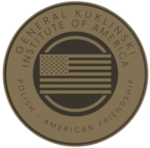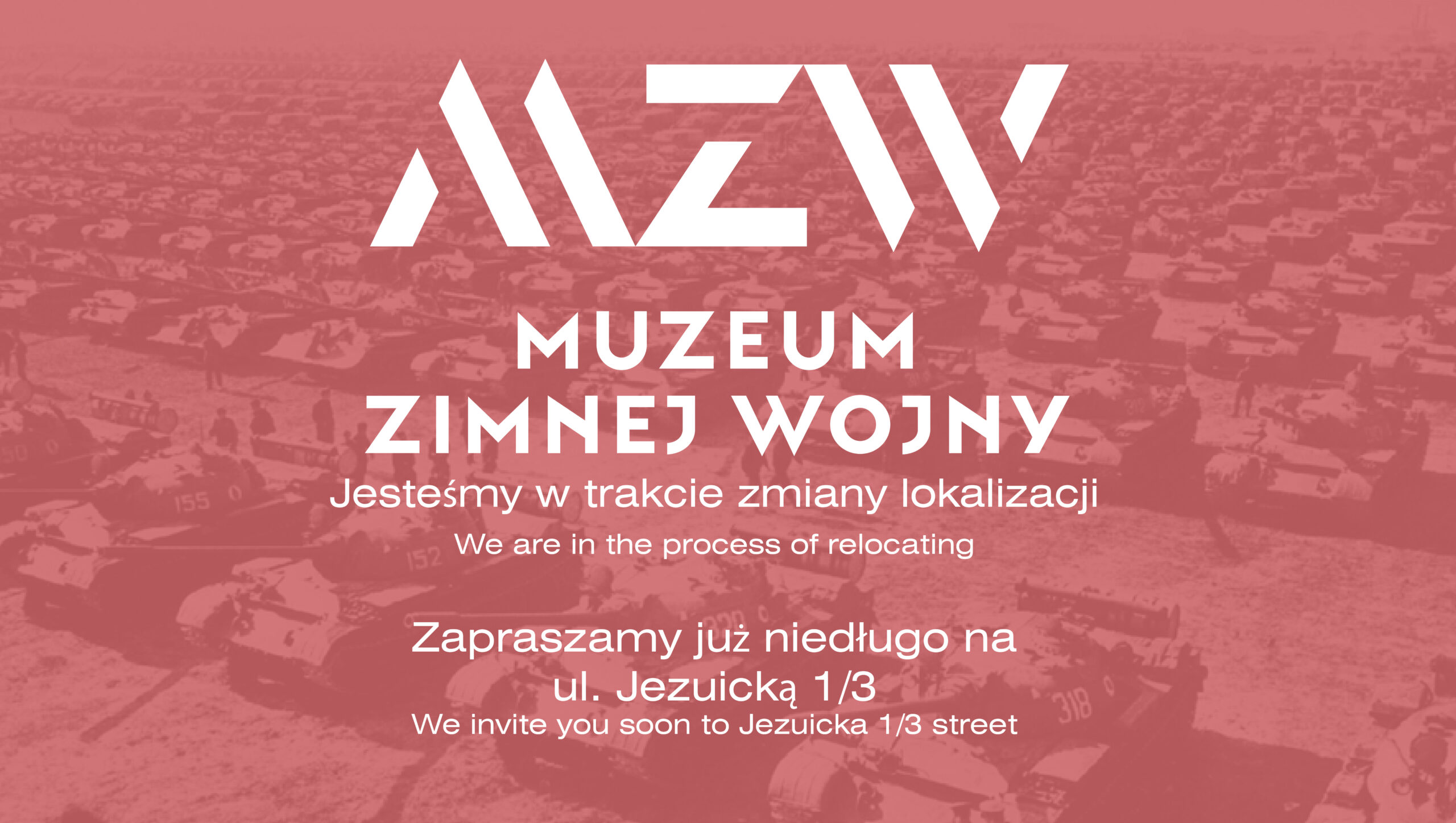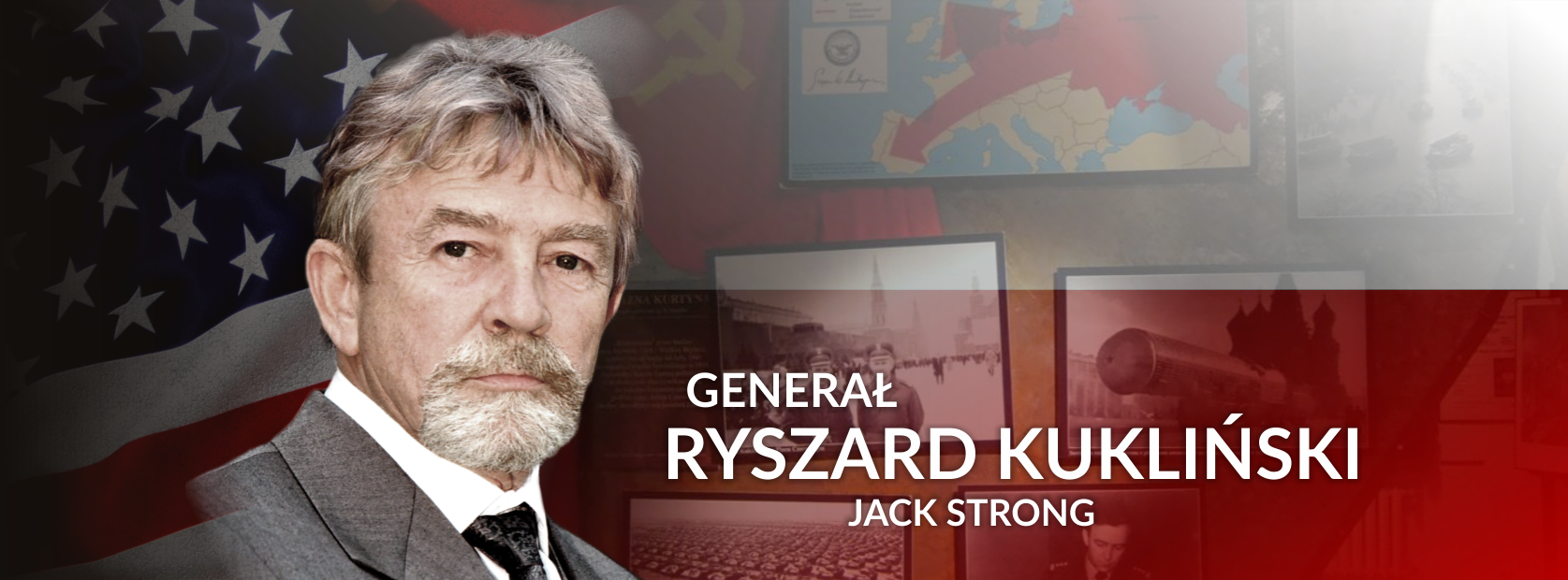For many years, since around 1993, Józef Szaniawski carried the idea of establishing an educational institution that would commemorate those Poles who had clandestinely fought for independence; a place where Polish intelligence achievements could be suitably honoured. Szaniawski envisaged a unique museum honouring, for example, the cryptologists who had cracked the German Enigma code during the Second World War. He wanted to tell the story of the Poles who had obtained and provided the Allies with information about the German V-weapons. He also wished to shine a light on Captain Witold Pilecki, Jerzy Pawłowski, and especially, Colonel Ryszard Kukliński. With his characteristic intellectual flair, Szaniawski wished to adopt the mythical Prometheus as patron, the first historical ‘agent’ who – for the good of the people – curried the favour of those in power, and paid the ultimate price. Another patron was to have been Konrad Wallenrod, who had to employ treachery, and sacrifice his honour, fighting the enemies of his nation. Józef Szaniawski used several quotations from Mickiewicz’s narrative poem to describe Colonel Ryszard Kukliński’s mission. One of his favourites was:
“To free knights … it is free to choose their weapon, and with equal strength to fight in open field. Thou art a slave; the only weapon that slaves may use is treachery.”
The fictional Wallenrod was sentenced to death in a secret mock trial. A trial like those others when – in shame and in secret – Polish judges serving foreign masters issued heavy sentences against Polish patriots.
Józef Szaniawski wanted the Museum of Polish Intelligence to be in Warsaw’s Old Town. One of the places that he thought the most interesting and appropriate, due to its architecture and history, were the dungeons of the Barbican. In the Middle Ages, the place served as an underground canal beneath the largest gate into the city and a part of the moat encircling Warsaw’s defensive walls. Eventually, around 2003, he sought a location behind St. John’s Archcathedral. Unfortunately, on 11 February 2004, Ryszard Kukliński passed away. The decision was made to found the General Ryszard Kukliński Instytute, dedicated to the commemoration of his intelligence mission.
The opening of the museum, on 3 May 2006, was attended by about three thousand people. In his dedication speech for the opening, the Military Ordinary of Poland, General Tadeusz Płoski said:
“Colonel Kukliński is often accused of breaking his soldier’s oath. A soldier’s oath is a sacred thing. But what happens when the consequences of the oath conflict with the principles of conscience? Did the oath that Ryszard Kukliński swear in 1947 in Wrocław, when he joined the Infantry Officers School, mention God and the Fatherland? Did he swear on a field altar? The second oath, in force in the army for 36 years, from 1952 until 1988, replaced God with fraternal friendship with the Soviet Army and other allied armies. And the duty to defend an independent Poland was changed to the formula: to stand unbending in defence of the people’s government. And the iron hand and long reach of the people’s justice would deliver punishment.”
The contribution of Colonel Ryszard Kukliński in avoiding the outbreak of a Third World War, and his attempts to obstruct the bloody suppression of the Solidarity independence movement, deserved memorializing and preservation. The museum was the best formula; it is not a large edifice, rather a small place in the heart of Warsaw, in a place that Kukliński passed many times, on his way to the tower of St Anne’s Church by Plac Zamkowy (Castle Square) to deliver his reports to the CIA. On the day of the opening of the museum, the then Minister of National Defence, later Minister of Foreign Affairs, Radosław Sikorski drew attention to the historical significance of Kukliński’s work:
“Tell me what you think of Colonel Kukliński and I will tell you who you are and how well you understand the tragic nature of our history … Today, when – within the framework of NATO – a free, sovereign, and independent Poland is one of the most important allies of the United States, as we modernize and strengthen the Polish Army to meet the challenges of the 21st century, when our security is assured – as it wasn’t for three hundred years – the intelligence mission of a Polish officer takes on a historical dimension. Indeed, that which was punishable by death under the totalitarian regime of martial law, is today a service to a free Poland”.
And it is precisely this historical dimension of Kukliński’s intelligence mission that Józef Szaniawski wished his museum to present. The Kukliński museum consists of two main sections; East and West, which correspond to the museum’s actual geographic orientation. The two sections are divided by an Iron Curtain; probably the only such curtain in the world that you can touch. It is made up of metal sheets from the armouries of Red Army units in Legnica.
The eastern side of the curtain resembles communism, the Warsaw Pact, and the PRL (People’s Republic of Poland). It is dirty, rusting, tarnished, and unpleasant. This section is devoted to Kukliński’s work before 1981. It includes Warsaw Pact strategic maps, presenting the USSR’s proposed plan of attack on Western Europe – the most significant from 1970 bearing the signature of approval of the Minister of National Defence, General Wojciech Jaruzelski. There are also photographs documenting Kukliński’s work as the Polish delegation’s secretary at meetings of the Warsaw Pact leadership and as a liaison officer between the general staffs of the Polish People’s Army and the Red Army. The most important quotes about Kukliński include those of General Wojciech Jaruzelski, Marshal Viktor Kulikov – commander-in-chief of the Warsaw Pact, and William Casey – head of the CIA under Ronald Reagan.
A work by the famous sculptor Xawery Dunikowksi also stands on the east side – ‘Prometheus’. It was he who first gained the trust, and even friendship, of the gods, thanks to which he reached their inaccessible seat on Mount Olympus. He fooled the gods and stole their most-closely guarded secret – fire – which he gave to the people for their benefit. The entire time, he was operating under great pressure, for fear of being discovered and cruelly punished, which of course, came to pass. In Dunikowski’s artistic vision, the demon of evil is tearing at Prometheus’ heart.
On the western side, the iron curtain is shiny, polished, and clean, resembling the West in contrast to the shabby PRL. In this section are memories of Colonel Kukliński’s visits to Poland after his rehabilitation in the eyes of the law in 1998. There are personal mementoes, uniforms, and orders awarded after his return to Poland. In the western part, there are also images of Ronald Reagan and Pope John Paul II; two people who, like Colonel Kukliński, made a great contribution to the liberation of Central and Eastern Europe from communism.
The General Ryszard Kukliński Instytute also includes a number of symbolic artefacts, relating to patriotic and independence actions.


